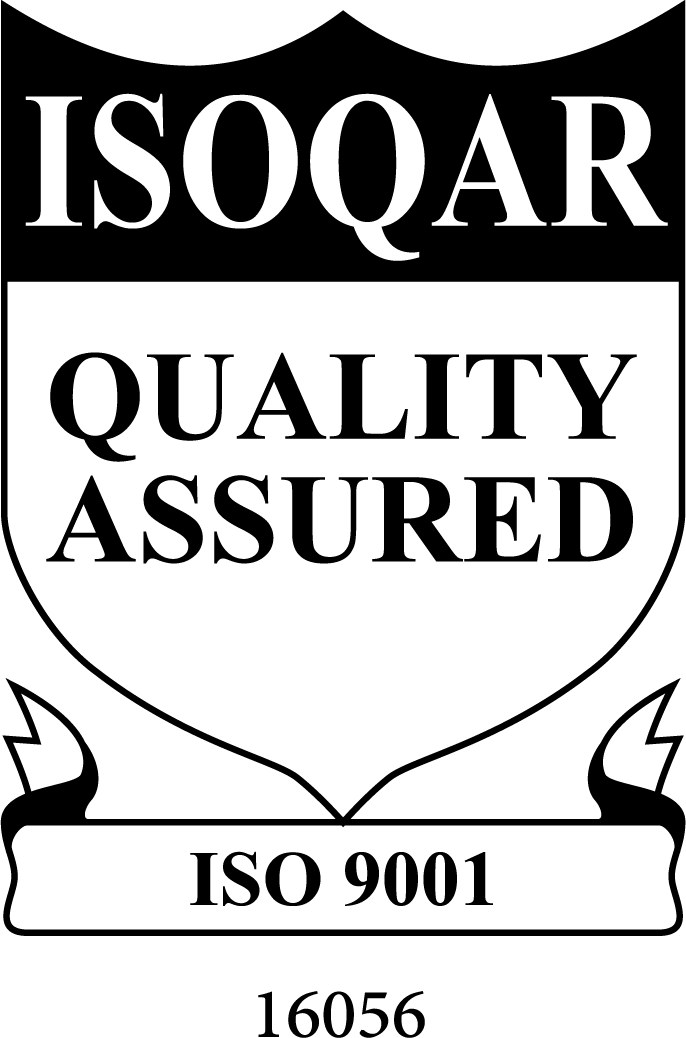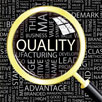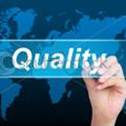Proper E-Waste Disposal: How to Help Thwart the Proliferation of Counterfeit Components
If you use electronic components in the assembly or manufacture of parts or finished products then you’re surely aware of the threat counterfeit electronics pose to product reliability, life and safety. It’s a serious problem and one that you might be unwittingly contributing to if you fail to properly dispose of your e-waste. That’s because everything from dated office equipment to excess inventory of electronic components can be used as raw materials for creating counterfeit components and products.
Surprisingly enough, considering the attention that counterfeit products have received by the U.S. government and the media at large, there are no U.S. laws holding companies to any standards for e-waste disposal. Although not a panacea, a bill called The Responsible Electronics Recycling Act was introduced to the U.S. House of Representatives in 2011 and again in 2013 as H.R. 2791. Both versions of the bill died.
The Risk is Real
The black market industry in East Asia for illicit e-waste was valued at $3.75 billion in a 2013 United Nations study. And your unwanted electronics could be feeding the problem if you’re not careful. You see, scavengers actually roam through dumpsters in search of electronics to sell to those in the market for e-waste. This e-waste can end up on a shipment where it makes its way to the known epicenter of counterfeiting: China’s Guangdong Province. There the items are disassembled by hand and often damaged in the process. They are then taken to a facility that repurposes electronic devices using techniques such as remarking so they appear to be brand new.
In an odd twist of fate these devices could wind up back in your supply channel; though they will most likely end up being someone else’s problem. Substandard counterfeit devices cost U.S. companies billions of dollars trying to avoid or cope with myriad problems caused by premature product failure: reprocurement, redesign, critical system failure, personal injury, and even death.
So what’s a responsible company to do?
- Never throw away electronic devices (or items that contain them) in a dumpster, where there’s no telling who may grab them.
- Reevaluate the company you currently use to recycle and/or destroy your e-waste. If they are certified as “e-Stewards” by ANAB (as are about 50 companies) then they are audited and monitored to ensure they do not export e-waste to developing countries for recycling; otherwise it may be hard to know for sure what’s actually happening to your e-waste. Be wary of recyclers that offer their services for free or at rock bottom rates: unless they are fully subsidized because they need to make their money somehow. More tips on how to spot misleading claims and fake recyclers.
- Consider retaining an e-Stewards certified recycler or a company that you know you can trust not to sell your e-waste to the highest bidder.
By taking special care of how you dispose of your electronic waste you too can be part of the solution, instead of contributing to the problem.

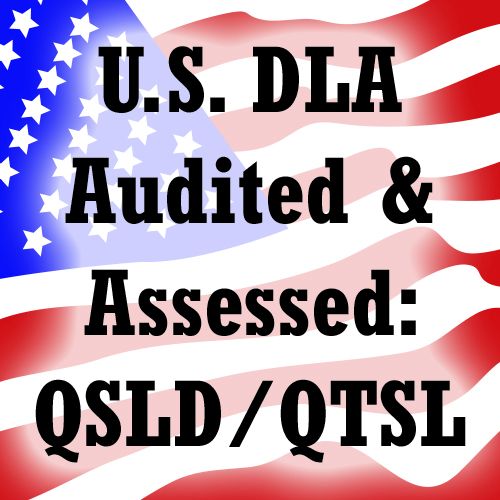
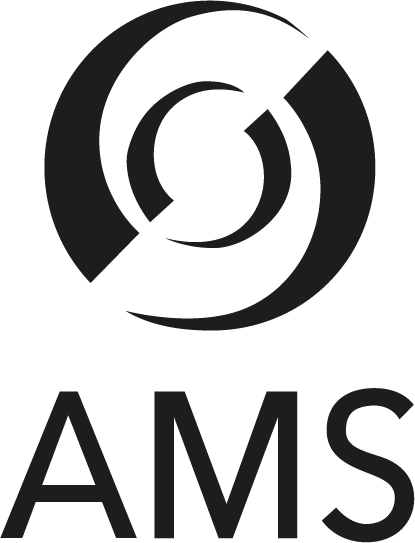 Certified to
Certified to